Glandular trichome development, morphology, and maturation are influenced by plant age and genotype in high THC-containing cannabis (Cannabis sativa L.) inflorescences, Journal of Cannabis Research
By A Mystery Man Writer
Last updated 26 May 2024
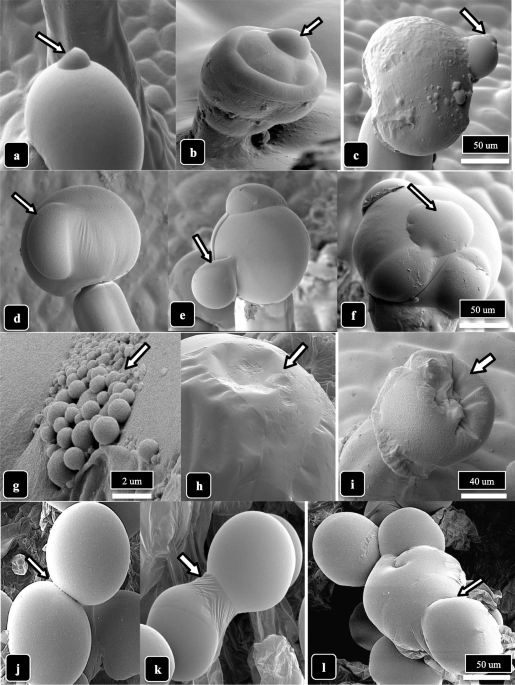
Background Glandular capitate trichomes which form on bract tissues of female inflorescences of high THC-containing Cannabis sativa L. plants are important sources of terpenes and cannabinoids. The influence of plant age and cannabis genotype on capitate trichome development, morphology, and maturation has not been extensively studied. Knowledge of the various developmental changes that occur in trichomes over time and the influence of genotype and plant age on distribution, numbers, and morphological features should lead to a better understanding of cannabis quality and consistency. Methods Bract tissues of two genotypes—“Moby Dick” and “Space Queen”—were examined from 3 weeks to 8 weeks of flower development using light and scanning electron microscopy. Numbers of capitate trichomes on upper and lower bract surfaces were recorded at different positions within the inflorescence. Observations on distribution, extent of stalk formation, glandular head diameter, production of resin, and extent of dehiscence and senescence were made at various time points. The effects of post-harvesting handling and drying on trichome morphology were examined in an additional five genotypes. Results Two glandular trichome types—bulbous and capitate (sessile or stalked)—were observed. Capitate trichome numbers and stalk length were significantly (P = 0.05) greater in “Space Queen” compared to “Moby Dick” at 3 and 6 weeks of flower development. Significantly more stalked-capitate trichomes were present on lower compared to upper bract surfaces at 6 weeks in both genotypes, while sessile-capitate trichomes predominated at 3 weeks. Epidermal and hypodermal cells elongated to different extents during stalk formation, producing significant variation in length (from 20 to 1100 μm). Glandular heads ranged from 40 to 110 μm in diameter. Maturation of stalked-capitate glandular heads was accompanied by a brown color development, reduced UV autofluorescence, and head senescence and dehiscence. Secreted resinous material from glandular heads appeared as droplets on the cuticular surface that caused many heads to stick together or collapse. Trichome morphology was affected by the drying process. Conclusion Capitate trichome numbers, development, and degree of maturation were influenced by cannabis genotype and plant age. The observations of trichome development indicate that asynchronous formation leads to different stages of trichome maturity on bracts. Trichome stalk lengths also varied between the two genotypes selected for study as well as over time. The variability in developmental stage and maturation between genotypes can potentially lead to variation in total cannabinoid levels in final product. Post-harvest handling and drying were shown to affect trichome morphology.

Cannabis glandular trichomes alter morphology and metabolite content during flower maturation - Livingston - 2020 - The Plant Journal - Wiley Online Library
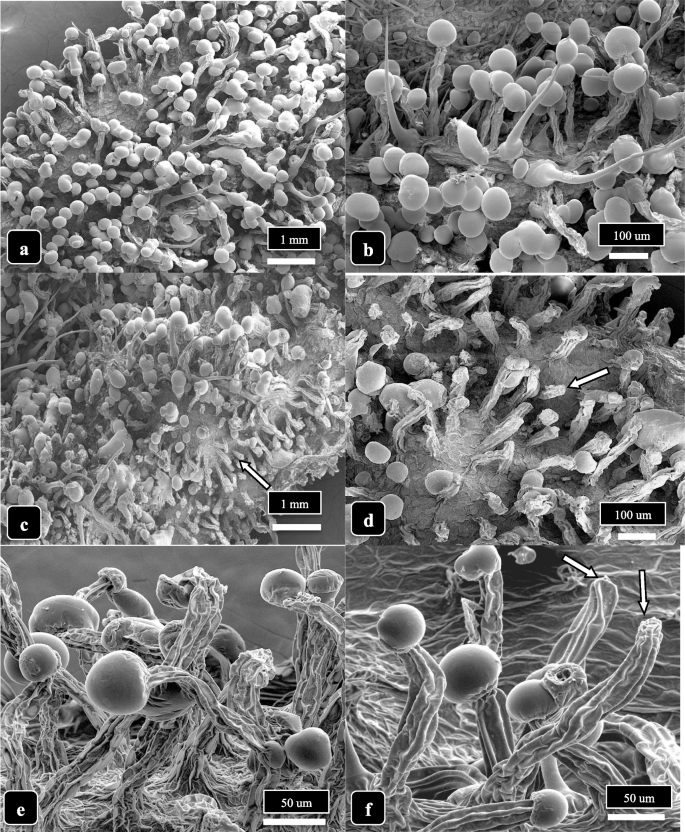
Glandular trichome development, morphology, and maturation are influenced by plant age and genotype in high THC-containing cannabis (Cannabis sativa L.) inflorescences, Journal of Cannabis Research

5 Anatomy of C. sativa [A and C-LM; all others SEM]. a, b Transection

Characterization of trichome phenotypes to assess maturation and flower development in Cannabis sativa L. (cannabis) by automatic trichome gland analysis - ScienceDirect

4 Leaf micro-morphology of C. sativa [C and F-LM; all others SEM]. a
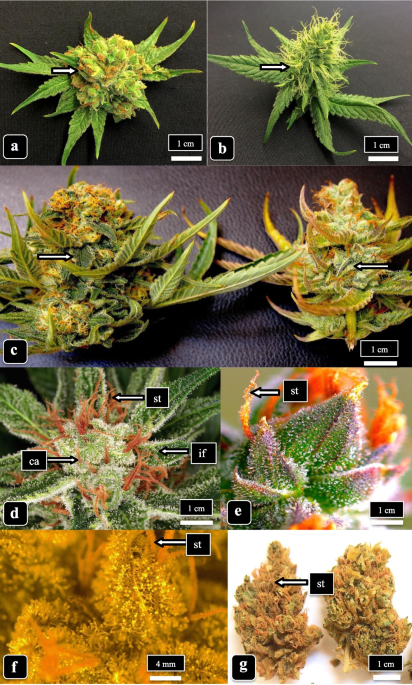
Glandular trichome development, morphology, and maturation are influenced by plant age and genotype in high THC-containing cannabis (Cannabis sativa L.) inflorescences, Journal of Cannabis Research

Recent progress in secondary metabolism of plant glandular trichomes

PDF] Cannabis sativa: origin and history, glandular trichome development, and cannabinoid biosynthesis
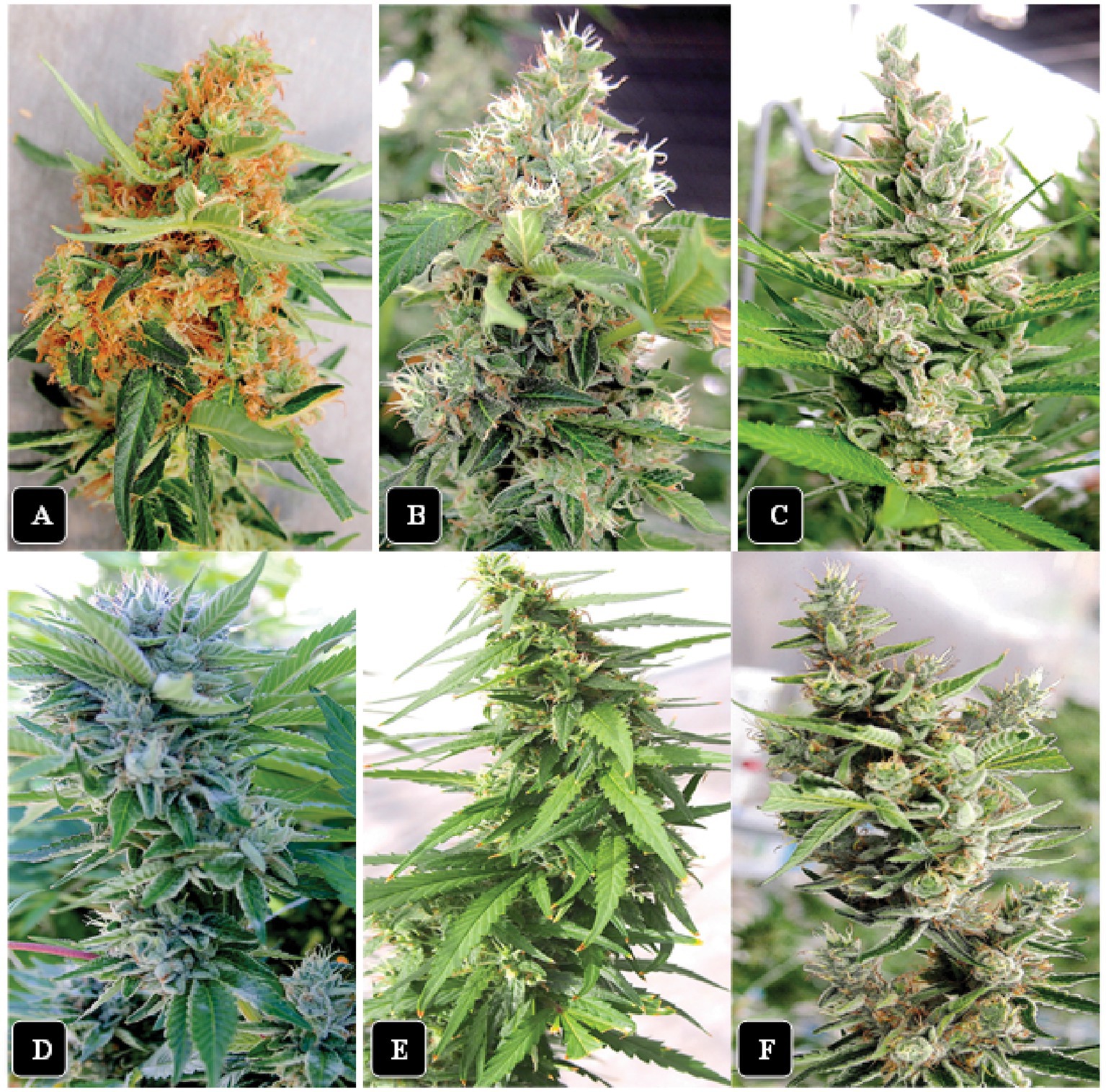
Frontiers Total yeast and mold levels in high THC-containing cannabis (Cannabis sativa L.) inflorescences are influenced by genotype, environment, and pre-and post-harvest handling practices
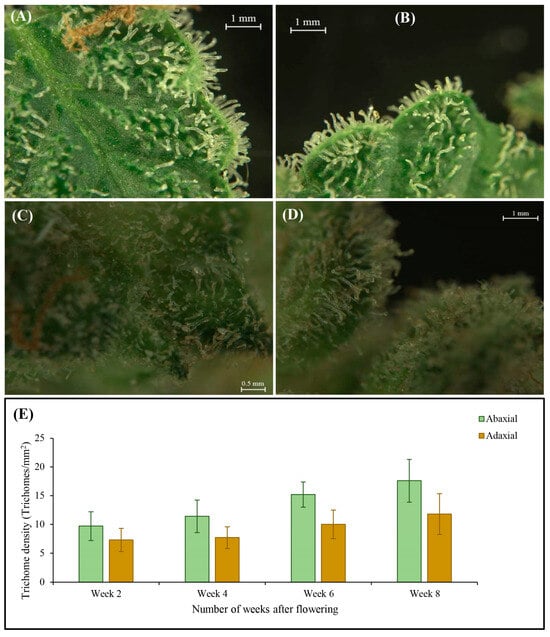
Plants, Free Full-Text

Full article: Symptomology, prevalence, and impact of Hop latent viroid on greenhouse-grown cannabis (Cannabis sativa L.) plants in Canada
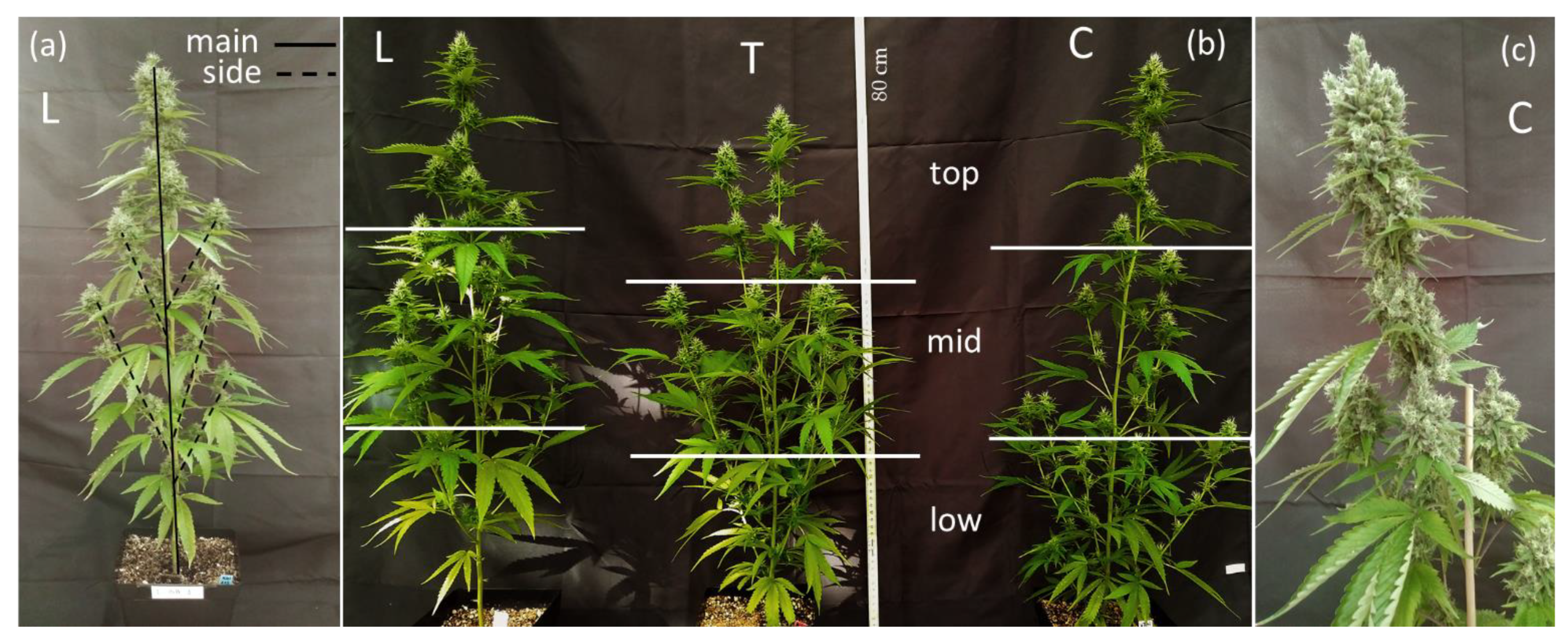
Plants, Free Full-Text
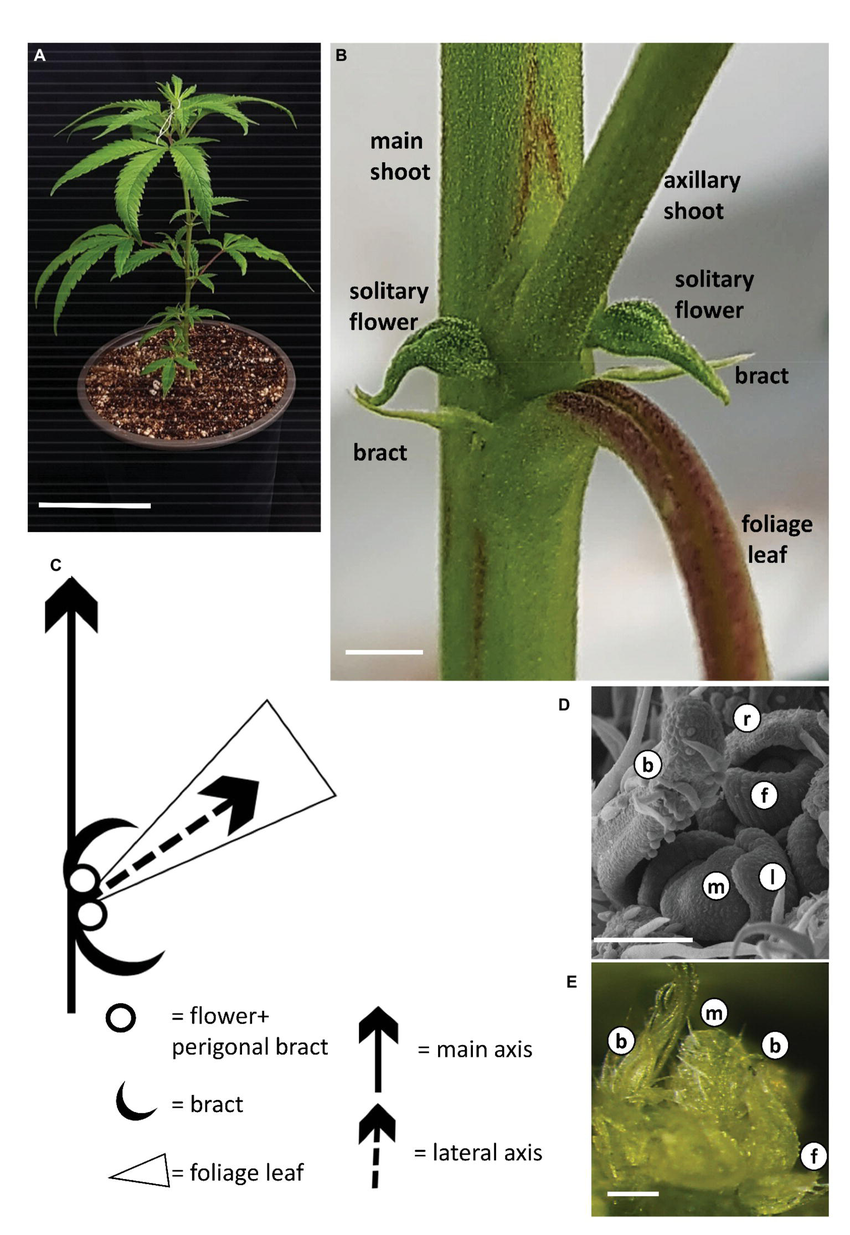
Growth and development of Cannabis following transition to short

How To Harvest Cannabis: Expert Tips
Recommended for you
-
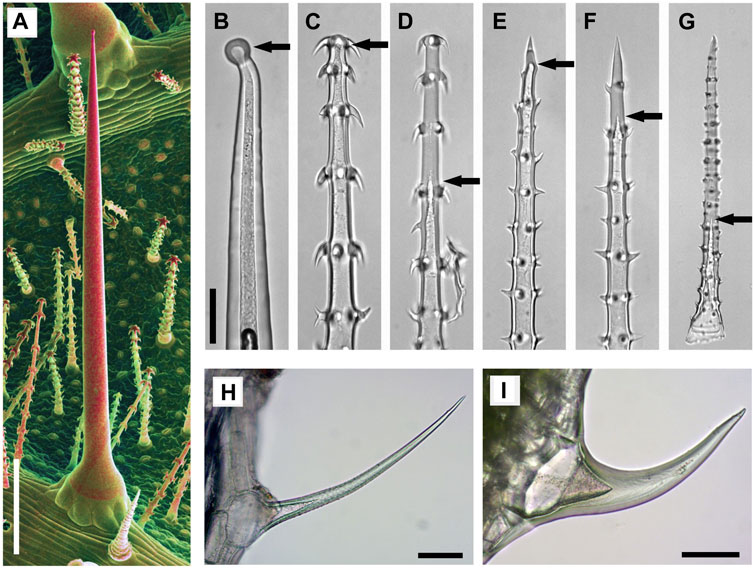 Frontiers Distribution of Biominerals and Mineral-Organic Composites in Plant Trichomes26 May 2024
Frontiers Distribution of Biominerals and Mineral-Organic Composites in Plant Trichomes26 May 2024 -
 I just got my microscope to check trichomes and i think my plant is ready to harvest and I wasn't expecting it so I haven't started flushing, what would be my best26 May 2024
I just got my microscope to check trichomes and i think my plant is ready to harvest and I wasn't expecting it so I haven't started flushing, what would be my best26 May 2024 -
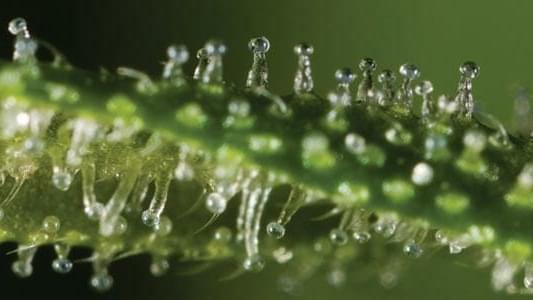 What Are Trichomes and What Do They Do?26 May 2024
What Are Trichomes and What Do They Do?26 May 2024 -
 3 things trichomes can tell you about the quality…26 May 2024
3 things trichomes can tell you about the quality…26 May 2024 -
 Best $30 recommendation. Buy a microscope : r/Autoflowers26 May 2024
Best $30 recommendation. Buy a microscope : r/Autoflowers26 May 2024 -
Microscope 420 Magazine26 May 2024
-
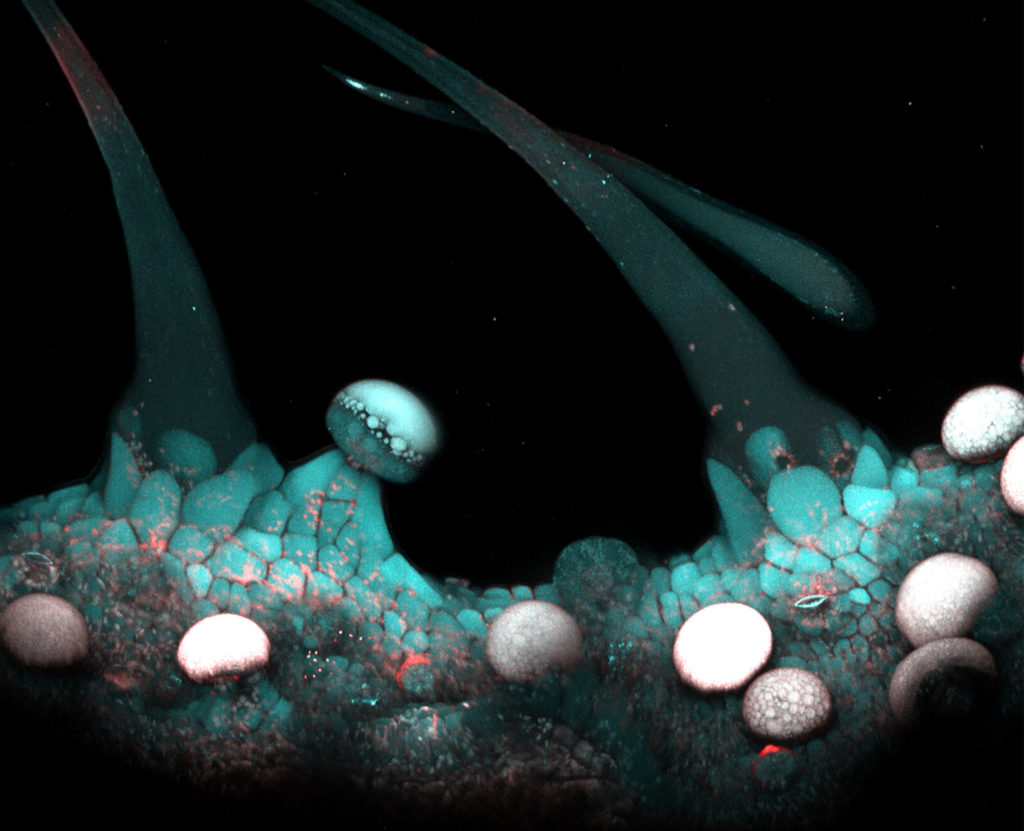 The frostier the flower, the more potent the cannabis26 May 2024
The frostier the flower, the more potent the cannabis26 May 2024 -
 Cannabis-Trichome, alles was Sie wissen müssen26 May 2024
Cannabis-Trichome, alles was Sie wissen müssen26 May 2024 -
 Microscopes, Lighting and Optical Inspection - Lab Pro Inc26 May 2024
Microscopes, Lighting and Optical Inspection - Lab Pro Inc26 May 2024 -
 3 Reasons You Need a Cannabis Microscope in the Grow Room26 May 2024
3 Reasons You Need a Cannabis Microscope in the Grow Room26 May 2024
You may also like
-
Does Gorilla Glue work gluing metal to metal? - Quora26 May 2024
-
The best Black Friday deals we've found so far from , Walmart, Target and others26 May 2024
-
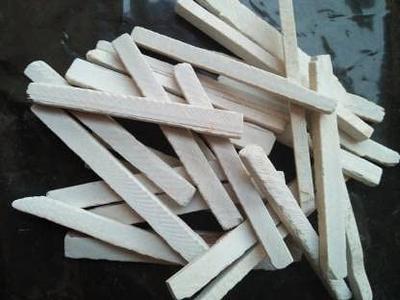 Slate Pencils Chalk Pencils Slate Chalk (white) Pack of 250 g approximately - Yahoo Shopping26 May 2024
Slate Pencils Chalk Pencils Slate Chalk (white) Pack of 250 g approximately - Yahoo Shopping26 May 2024 -
 The Interior Design Reference & Specification Book updated & revised: Everything Interior Designers Need to Know Every Day: Grimley, Chris, Love, Mimi: 9781631593802: : Books26 May 2024
The Interior Design Reference & Specification Book updated & revised: Everything Interior Designers Need to Know Every Day: Grimley, Chris, Love, Mimi: 9781631593802: : Books26 May 2024 -
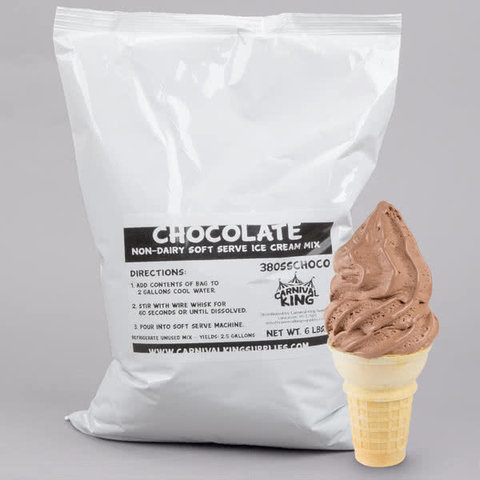 Chocolate Soft Serve Ice Cream Machine Rental, Denver Colorado26 May 2024
Chocolate Soft Serve Ice Cream Machine Rental, Denver Colorado26 May 2024 -
 Personalized Christmas Stocking Acrylic Tags – Birch Bar + Co.26 May 2024
Personalized Christmas Stocking Acrylic Tags – Birch Bar + Co.26 May 2024 -
 Sparkling Red Patterns on Sublimation Mugs26 May 2024
Sparkling Red Patterns on Sublimation Mugs26 May 2024 -
 HÉROS Shears26 May 2024
HÉROS Shears26 May 2024 -
 Dovecraft Glitter Glue 20ml Craft Essentials Pastels Arts and Crafts26 May 2024
Dovecraft Glitter Glue 20ml Craft Essentials Pastels Arts and Crafts26 May 2024 -
 HIMI Gouache Paint, Set of 18 Colors×30ml with 5 Paint Brushes, Unique – AOOKMIYA26 May 2024
HIMI Gouache Paint, Set of 18 Colors×30ml with 5 Paint Brushes, Unique – AOOKMIYA26 May 2024